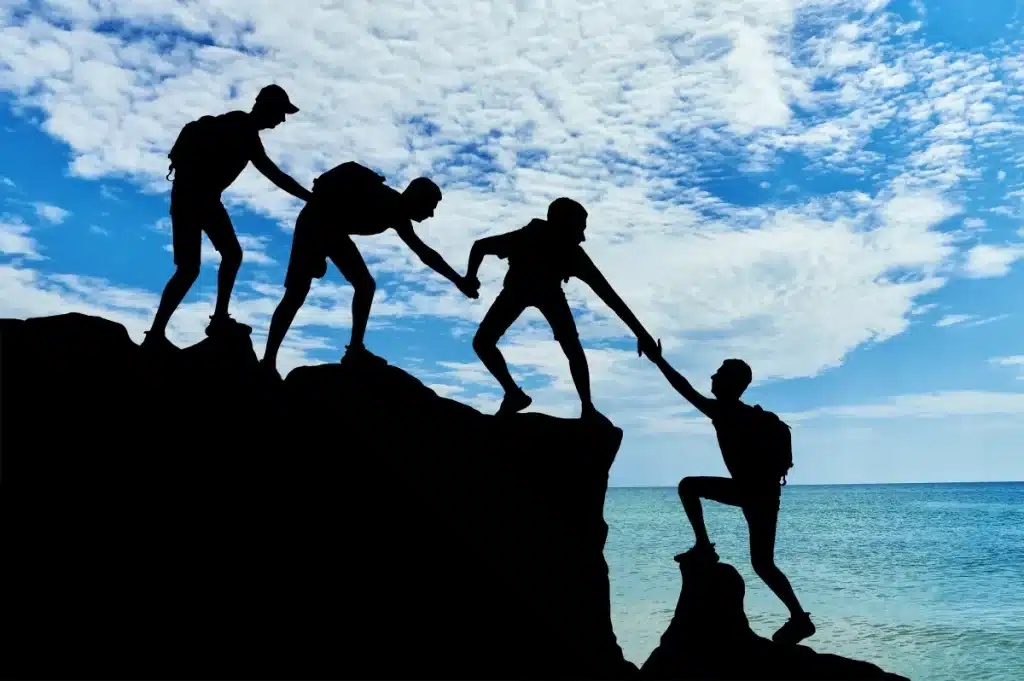Relapses and Triggers: A Comprehensive Guide
Read below then click the button for the Exercise. Your AI analysis results will be emailed to you.

The journey of recovery from addiction is complex and challenging, but with understanding, awareness, and strategic planning, it can be navigated successfully. This guide will deepen your understanding of relapses and triggers, their interaction, and practical strategies for prevention and management. It also offers tangible steps to take when a relapse or intense craving occurs.
Understanding Relapse
Relapse is the return to substance use after a period of abstinence. It’s a common yet hazardous aspect of recovery due to potentially fatal complications from reduced tolerance levels. However, relapses can also serve as powerful learning experiences to strengthen future prevention strategies.
Identifying Triggers
Triggers are stimuli that provoke powerful urges to return to substance use. They can be external (places, people, objects, events) or internal (certain emotions or mental states). Recognizing and avoiding your personal triggers is a vital part of maintaining sobriety.
Interaction of Relapses and Triggers
Relapses and triggers share a symbiotic relationship. Triggers can spur cravings, which if not managed, can lead to relapse. Conversely, a relapse can strengthen the power of triggers, making them harder to resist in the future.
Prevention and Management Strategies

- Understanding Your Personal Triggers: The first step towards managing triggers is understanding them. This could necessitate significant changes like moving to a new place or switching occupations to escape environments associated with past substance use
- .Building Recovery Resilience: As you progress in recovery and build your resilience, you will be better equipped to handle situations that once posed risks. The goal is not invincibility, but rather refining your skills to manage triggers and cravings more effectively.
- Milestone Awareness: Each milestone in recovery, like the 3, 6, 9, and 48-month marks, represents both growth and vulnerability. Overconfidence or complacency at these milestones can open the door to relapse.
Managing Cravings and Relapses

- During a Craving:
- Reach Out: Call a trusted friend, your sponsor, or a member of your support group. You don’t have to face cravings alone.
- Change Your Environment: If possible, leave the environment that’s triggering your craving.
- Distract Yourself: Engage in a physical activity like walking or yoga to shift your focus.
- Meditate or Pray: Invoke your higher power for strength and guidance, knowing that you’re not alone.
- Journaling: Write down what you’re feeling, what’s triggering the craving, and how you’re planning to manage it. This act of expressing can help control and direct your thought process.

- After a Relapse:
- Don’t Panic or Self-Blame: Relapse doesn’t mean failure. It’s a common part of recovery.
- Reach Out: Contact your support network immediately. Isolation can exacerbate the situation.
- Revisit Your Recovery Plan: Identify what led to the relapse and how you can adjust your strategy to avoid future relapses.
- Return to Treatment: If necessary, consider seeking professional help to get back on track.
In Conclusion
The path to recovery is not a straight line, but understanding relapses and triggers can arm you with the knowledge to navigate the challenges that arise. Each experience in recovery, even a relapse, offers an opportunity to learn and grow stronger. And remember, you are not alone on this journey.